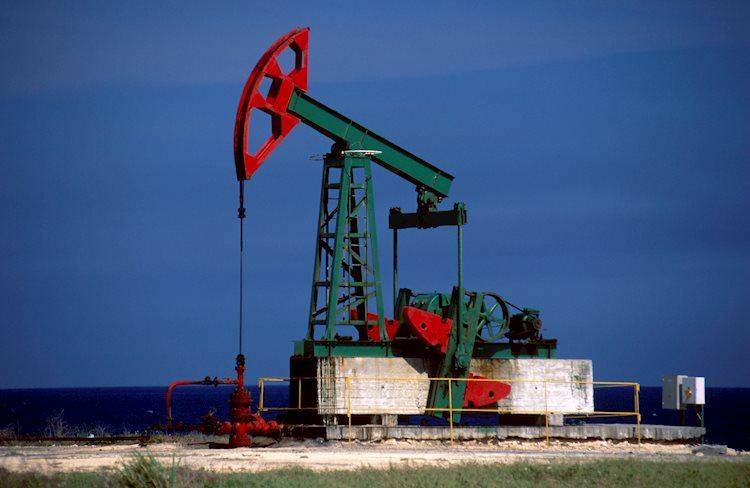- WTI prices rose as reports indicated that European energy companies are prioritizing Oil and gas for short-term profits.
- Oil prices are set for weekly gains, fueled by optimism that economic stimulus efforts will drive a recovery in China.
- Russia announced a federal emergency due to an Oil spill caused by two Russian tankers in the Black Sea.
West Texas Intermediate (WTI) Oil price edges higher after registering losses in the previous session, trading around $69.50 per barrel during the Asian hours on Friday. Crude Oil prices are being bolstered by reports that major European energy companies are focusing on Oil and gas rather than renewables for short-term profits, a trend expected to continue into 2025.
This shift by Oil giants follows a global slowdown in the rollout of clean energy policies, with many governments delaying targets as energy prices spiked after Russia’s full-scale invasion of Ukraine in 2022.
Oil prices are on track for a weekly increase, driven by optimism that economic stimulus efforts will spur a recovery in China, the world’s largest Oil importer. The World Bank raised its growth forecast for China in 2024 and 2025 but cautioned that weak confidence and challenges in the property sector will continue to pressure the economy.
Traders were focused on China’s recent economic measures, including reports that officials have more flexibility to use government bond proceeds to stimulate growth, potentially boosting Oil demand from the leading consumer.
On Thursday, Russia declared a federal emergency in response to an Oil spill caused by two Russian tankers in the Black Sea, according to the Emergencies Ministry. The incident occurred on December 15 when the tankers were struck by a storm—one of the vessels split in half, while the other ran aground, per Reuters.
WTI Oil FAQs
WTI Oil is a type of Crude Oil sold on international markets. The WTI stands for West Texas Intermediate, one of three major types including Brent and Dubai Crude. WTI is also referred to as “light” and “sweet” because of its relatively low gravity and sulfur content respectively. It is considered a high quality Oil that is easily refined. It is sourced in the United States and distributed via the Cushing hub, which is considered “The Pipeline Crossroads of the World”. It is a benchmark for the Oil market and WTI price is frequently quoted in the media.
Like all assets, supply and demand are the key drivers of WTI Oil price. As such, global growth can be a driver of increased demand and vice versa for weak global growth. Political instability, wars, and sanctions can disrupt supply and impact prices. The decisions of OPEC, a group of major Oil-producing countries, is another key driver of price. The value of the US Dollar influences the price of WTI Crude Oil, since Oil is predominantly traded in US Dollars, thus a weaker US Dollar can make Oil more affordable and vice versa.
The weekly Oil inventory reports published by the American Petroleum Institute (API) and the Energy Information Agency (EIA) impact the price of WTI Oil. Changes in inventories reflect fluctuating supply and demand. If the data shows a drop in inventories it can indicate increased demand, pushing up Oil price. Higher inventories can reflect increased supply, pushing down prices. API’s report is published every Tuesday and EIA’s the day after. Their results are usually similar, falling within 1% of each other 75% of the time. The EIA data is considered more reliable, since it is a government agency.
OPEC (Organization of the Petroleum Exporting Countries) is a group of 12 Oil-producing nations who collectively decide production quotas for member countries at twice-yearly meetings. Their decisions often impact WTI Oil prices. When OPEC decides to lower quotas, it can tighten supply, pushing up Oil prices. When OPEC increases production, it has the opposite effect. OPEC+ refers to an expanded group that includes ten extra non-OPEC members, the most notable of which is Russia.


